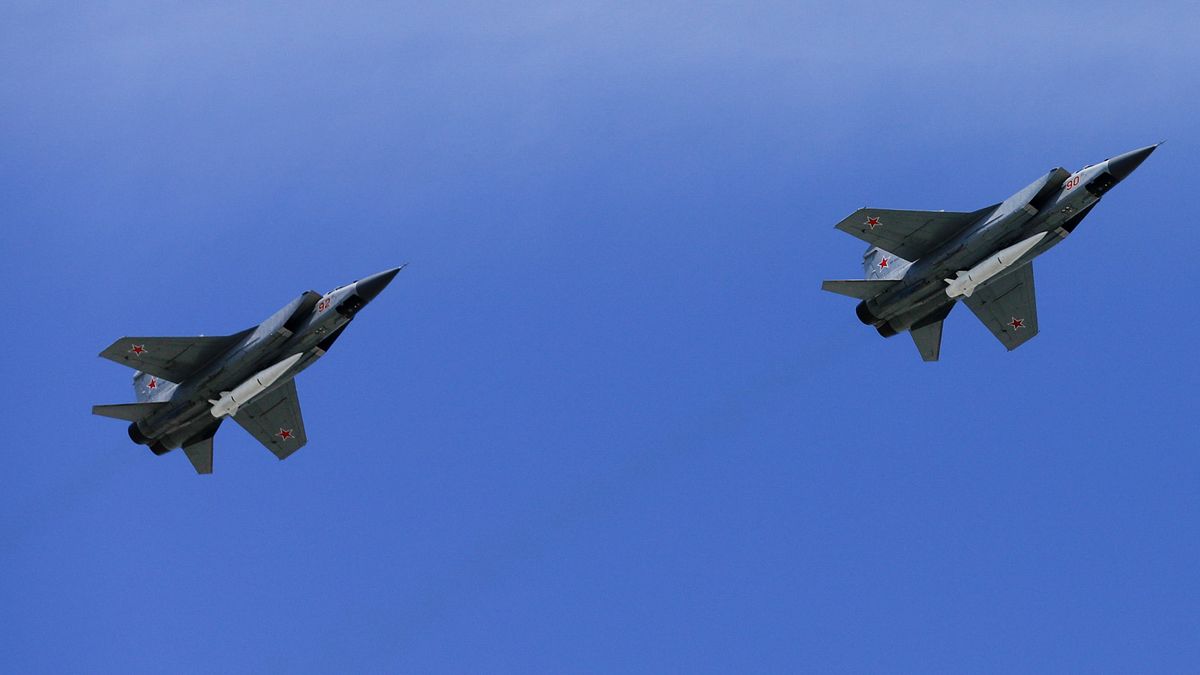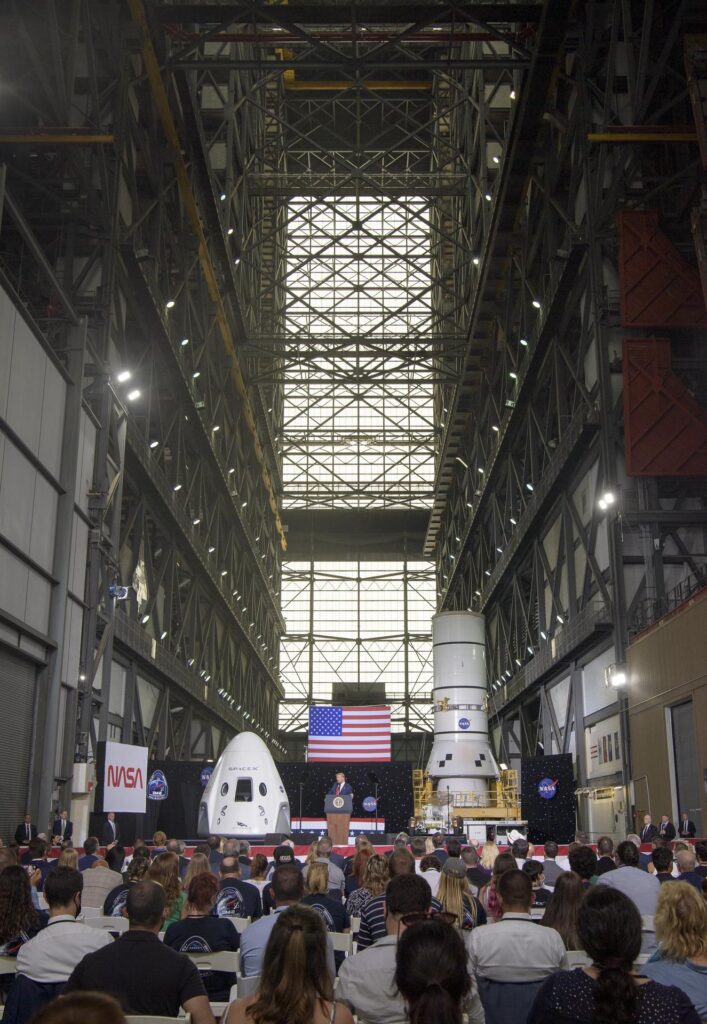
Russia claims to have used its Kinzhal hypersonic missiles for the first time, in its invasion of Ukraine — perhaps heralding a new era when these super-fast weapons could come to dominate warfare.
Russia announced on Saturday (March 19) it had used the Kh-47M2 Kinzhal missile system — its name means “dagger” in Russian — to destroy a weapons depot in western Ukraine, according to a report by Reuters news agency that quoted the independent Russian news agency Interfax.
Russia’s state-owned TASS news agency reported the missiles have been deployed on “experimental” combat duty since 2017 with a squadron of Mig-31K fighter jets in southern Russia.
But the Interfax report said this was the first time that the Kinzhals have been used in combat in Ukraine; Russia has never admitted using the missiles anywhere else.
Related: The most dangerous space weapons ever
A spokesman for Russia’s defense ministry, Igor Konashenkov, reportedly told a news briefing that the missiles had destroyed an underground depot housing Ukrainian missiles and aircraft ammunition. “The Kinzhal aviation missile system with hypersonic aeroballistic missiles destroyed a large underground warehouse containing missiles and aviation ammunition in the village of Deliatyn in the Ivano-Frankivsk region,” the Russian Defense Ministry said Saturday, according to the Agence France-Presse news agency.
Related: How many nuclear weapons exist?
And a spokesman for Ukraine’s Air Force confirmed a Russian missile strike on the Ivano-Frankivsk region of western Ukraine on Friday but did not give further details, Reuters reported.
On Saturday, the Russian Ministry of Defence posted a video of what it said was the destruction of the Ukrainian weapons depot by a “high precision missile strike.”
▫️Destruction of a weapons depot of the Armed Forces of Ukraine by high-precision missile weapons strike. We can see the exact hit of an underground hangar with weapons and ammunition. pic.twitter.com/sKTF46Tdb0March 19, 2022
Kinzhal missiles
The hypersonic Kinzhal missiles are one of several high-technology weapons Russia unveiled in 2018.
The Russian president Vladimir Putin has called them an “ideal weapon,” and they’ve been deployed so far on Russian aircraft, such as the Mig 31K.
Their payload of about 1,000 pounds (480 kilograms) is usually a high-explosive warhead, but the Kinzhals can also be armed with nuclear warheads of the same size — equivalent to between 100 and 500 “kilotons” of the explosive TNT.
Russian media sources report the Kinzhal missiles quickly accelerate to more than four times the speed of sound (3,000 mph or 5,000 km/h) soon after they’re launched, and reach as fast as 12 times the speed of sound (9,200 mph or 14,800 km/h) with a range of up to 1,800 miles (3,000 km).
(Anything faster than Mach 5, or five times the speed of sound, is considered “hypersonic”; physical changes in the supersonic airflow become significant at such speeds, and so they represent a challenging regime for aerospace engineers.)
The idea behind the design is that the Kinzhal missiles travel so fast that they are almost impossible to track and intercept. They’re also said to perform sharp maneuvers in flight at hypersonic speeds that enable them to avoid enemy missile defenses.
The very high speed of the missiles also makes them more able to penetrate heavily armored targets, such as the underground weapons depot in western Ukraine said to be the target of the latest strike.
Hypersonic weapons
Several nations have been developing hypersonic missiles, including the United States and China.
But the Chinese hypersonic missiles seem to be experimental, according to National Public Radio; and the U.S. has no plans to field hypersonic missiles before 2023, the Arms Control Association reported.
Meanwhile, Russia’s Kinzhal hypersonic missiles could drastically alter the balance of power in the Pacific, according to a 2018 article in The Diplomat magazine.
While the Chinese air-launched hypersonic missiles seem designed to attack aircraft carriers in the South and East China Seas, the article reports, the Russian Kinzhal missiles are a greater threat because they are larger and travel at higher speeds — meaning their kinetic energy alone, regardless of their warheads, can be powerful enough to disable or destroy large warships.
RELATED STORIES
The article notes that if the Kinzhal missiles are deployed to Russia’s Far East region, they could have “significant implications for the balance of power in the Pacific,” by allowing Russia’s jets to target U.S. warships up to 2,200 miles (3,500 km) away from its coasts.
Military experts tout the speed and penetration of the Kinzhal missiles as especially threatening; but one analyst says the main advantage is psychological rather than strategic.
“Basically, it doesn’t change the battlefield, but it certainly has an effect in terms of psychological propaganda, to scare everyone” the Russian military analyst and journalist Pavel Felgenhauer told Euronews after the latest attack.
Originally published on Live Science.



